Despite there being over 6,400 identified fly species in Australia, very few are considered a pest – nor a genuine threat to human and animal health.[1]
However, of the few that are considered a problem, they are not only a nuisance to have around but can also transmit a range of harmful diseases – from conjunctivitis and salmonella to typhoid fever.[2]
For these reasons, it’s worth knowing how to identify different species of flies, including their lifecycle and behaviour. This way, you can act quickly and either: treat the problem with a DIY solution, or contact a pest control expert for effective treatment.
Here are the most Common Fly species found in Australia:
Blowfly
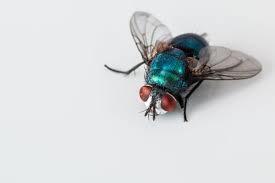 Appearance: Blowflies have a distinctive metallic blue colour, but they’ve also been known to appear green or black.
Appearance: Blowflies have a distinctive metallic blue colour, but they’ve also been known to appear green or black.
Lifecycle: Blowflies tend to reside around both organic waste and deceased animals, including meat derived substances, cheese, dead rodents and birds, and exposed trashcans. In terms of their breeding cycle, blowfly eggs take around 1-18 hours to hatch, and from there it takes around 7-12 days for them to fully mature.
Disease: Blowflies have been known to transmit disease to animals. The most prominent of these is a disease called ‘Blowfly Strike.’ This occurs when blowflies lay eggs in damaged areas of the skin. The larvae eventually hatch and eat the skin, causing severe and debilitating disease.
Animals most affected by this disease are sheep and rabbits.
Appearance: Drain flies are around 2mm in length, while their body is tan coloured and their wings are covered in a dense layer of hair.
Lifecycle: Hence their name, the drain fly species is most often found in sewerage beds and drains. This is because the larvae feeds on sludge-like organic matter. If you notice a sudden presence of flies in your bathroom, and they resemble the appearance of drain flies, then they most likely originated from the basin.
Disease: Drain flies do not bite or transmit disease to humans or animals. But there is a risk they can trigger bronchial asthma in sensitive individuals.
Fermentation Fly
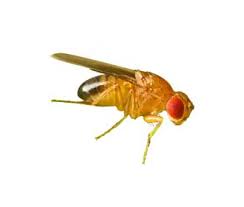 Appearance: The fermentation fly is about 3-5 mm in length. They have a distinctive yellow-brown colour which makes them easy to spot from other flies.
Appearance: The fermentation fly is about 3-5 mm in length. They have a distinctive yellow-brown colour which makes them easy to spot from other flies.
Lifecycle: They are most often found near naturally fermented foods. So they tend to reside in food handling premises such as pubs, fresh produce stores, and breweries. They will typically feed on yeast and bacteria found in rotting fruit and vegetables.
Disease: Due to their presence in food handling premises, fermentation flies are considered a health risk and commercial liability. Due to their small size and ability to penetrate organic waste without detection, this can increase the risk of contamination and the transmitting of disease to humans.
House Fly
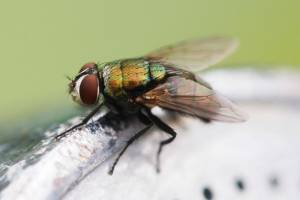 Appearance: Measuring at around 5-8mm in length, the house fly is covered in small black hairs and has complex compound eyes, granting them a wide field of vision.
Appearance: Measuring at around 5-8mm in length, the house fly is covered in small black hairs and has complex compound eyes, granting them a wide field of vision.
Lifecycle: House flies can lay eggs in batches as high as 120 to 150. The eggs take around 8-72 hours to hatch, and the larvae takes around 3-60 days to mature. From there, house flies can be found resting on walls, floors, and ceilings.
Disease: House flies have been known to carry and transmit up to 65 different kinds of disease. Some of which include cholera, conjunctivitis, tuberculosis, and typhoid fever, to name a few. When in close proximity to food, they can transmit a number of food-borne related diseases to humans.
Is your home or business under threat from flies? If so, contact All Bugs today. Our licensed technicians can assess your situation and recommend a custom treatment plan for you.
[1] https://www.csiro.au/en/Research/Collections/ANIC/Insect-research/Flies-Research


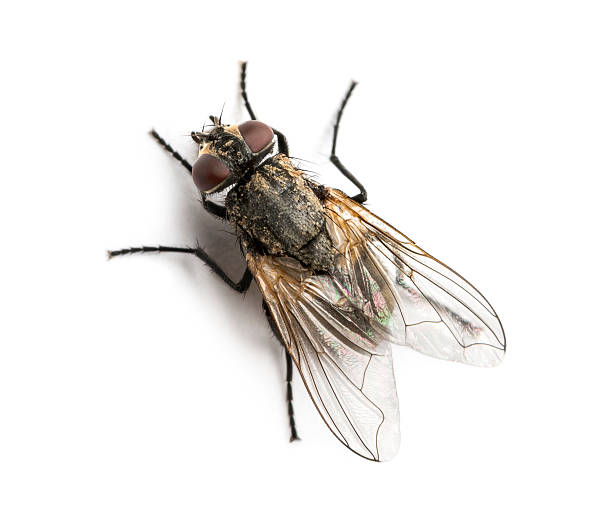
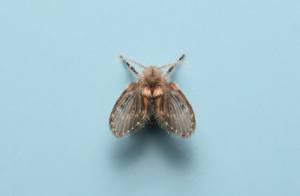
Leave a Reply